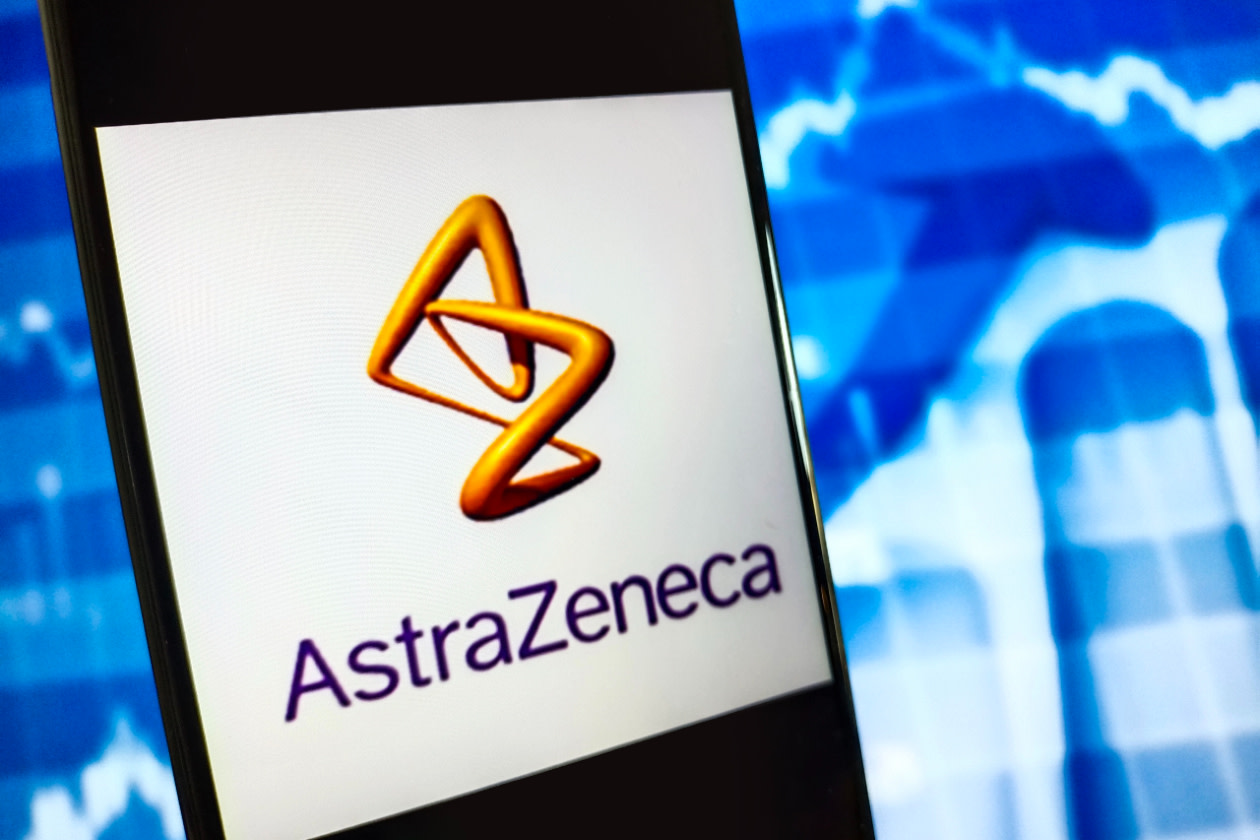AstraZeneca has set out its ambition to nearly double its annual revenues to $80bn by 2030. That’s expected to come from both growth in the existing portfolio and from the launch of 20 new medicines over the same time period.
The company also disclosed its target to raise underlying operating margins to the mid-thirties by 2026, from 32% seen in the last annual results.
There were no changes to current year guidance.
The shares were flat following the announcement.
First quarter results 25 April 2024
AstraZeneca’s first quarter sales were up by 19% to $12.7bn, ignoring the effect of currency movements. This was 7% ahead of consensus forecasts, reflecting double-digit growth across all disease areas except Vaccines & Immune Therapies which felt saw lower COVID-19 medicine sales.
Underlying profit came in at $4.3bn, with growth of 15% lagging sales, largely due to increased marketing. Astra has received six regulatory approvals since the year end and initiated six late-stage Phase III trials.
Free cash flow of $2.1bn fell by 28% driven in part by increased capital expenditure, as Astra invests further in manufacturing projects and technology upgrades. Net debt was $26.5bn at the quarter end.
There were no changes to full-year guidance. Recently, the company also announced it expects this year’s total dividend to rise by $0.20 per share to $3.10.
Our view
Investors have taken AstraZeneca’s ambition to double revenue by 2030 in their stride. We’re not surprised, as to meet this target requires no acceleration from current growth rates. Nonetheless we’re encouraged by management’s confidence beyond the current reporting period. There’s a strong outlook for existing medicines and the pipeline of potential new products, an area where Astra's hit rate in the clinic has been impressive.
Cancer treatments (about a third of sales) are a cornerstone of Astra's offering.. Often these drugs can maintain high growth levels for many years, as patient access improves, approvals are gained in new markets, and clinical trials prove their efficacy in additional diseases. And the diverse late-stage pipeline means there are lots of potential shots on goal. They vary in size but some such as dato-DXd which in some cancers could replace chemotherapy, have the potential to be transformational. But given the risks inherent in drug discovery, investors need to be prepared for disappointments.
Astra is also seeing strong growth elsewhere. Ultomirisis which came along with the acquisition of rare disease specialist Alexion saw sales grow 32% in the first quarter and there could be more to come following a further regulatory approval. Farxiga which treats cardiovascular disease, kidney problems and type 2 diabetes is also growing very strongly, ahead of other products in the same class. We see the broad focus on different disease areas as a positive.
The intense focus on product development can be expensive in terms of research and marketing. That's no bad thing, and drug development is a lengthy process, but increased internal investment can drag on profits. It's important to look at the shares on a long-term view.
Net debt is sitting at about 1.5x forecasted cash profits which doesn't look too demanding. However, it's something to keep an eye on. The group's likely to put more money into research and development. Continuing success in drug approvals will be needed in order to offset the potential loss of revenue from patent expirations over the coming years. For now, however, Astra is generating strong cash flows from its existing portfolio of marketed medicines. This also supports the modest dividend yield, though nothing is guaranteed.
Astra's also using its firepower to beef up the research pipeline through deals with other players in the space and we're supportive of the continued focus on complementary acquisitions in novel areas of medicine. This should enable higher margins and a strong competitive edge. The valuation, which sits a little below the long-term average, doesn’t look too demanding. But a bulging pipeline also carries significant execution risk which investors need to be prepared to accept.
Environmental, social and governance (ESG) risk
The pharmaceuticals sector is relatively high-risk in terms of ESG. Product governance, particularly with safety and marketing, and affordable access to treatment are the key risk drivers. Labour relations, business ethics and bribery and corruption are also contributors to ESG risk.
According to Sustainalytics, AstraZeneca's overall management of material ESG issues is strong. The executive compensation plan includes a target to eliminate greenhouse gas emissions by 2025, and the sustainability strategy is overseen by upper management. AstraZeneca has implemented a robust programme to monitor patient safety trends and ensure the quality and efficacy of its products. Access to healthcare is a key strategic priority. The company has a strong human capital development programme with initiatives to recruit and retain highly specialised employees, highly pertinent following the acquisition of Alexion which adds 2,500 headcount.
All ratios are sourced from Refinitiv, based on previous day’s closing values. Please remember yields are variable and not a reliable indicator of future income. Keep in mind key figures shouldn’t be looked at on their own – it’s important to understand the big picture.
This article is not advice or a recommendation to buy, sell or hold any investment.No view is given on the present or future value or price of any investment, and investors should form their own view on any proposed investment.This article has not been prepared in accordance with legal requirements designed to promote the independence of investment research and is considered a marketing communication.Non - independent research is not subject to FCA rules prohibiting dealing ahead of research, however HL has put controls in place(including dealing restrictions, physical and information barriers) to manage potential conflicts of interest presented by such dealing.Please see our full non - independent research disclosure for more information.


